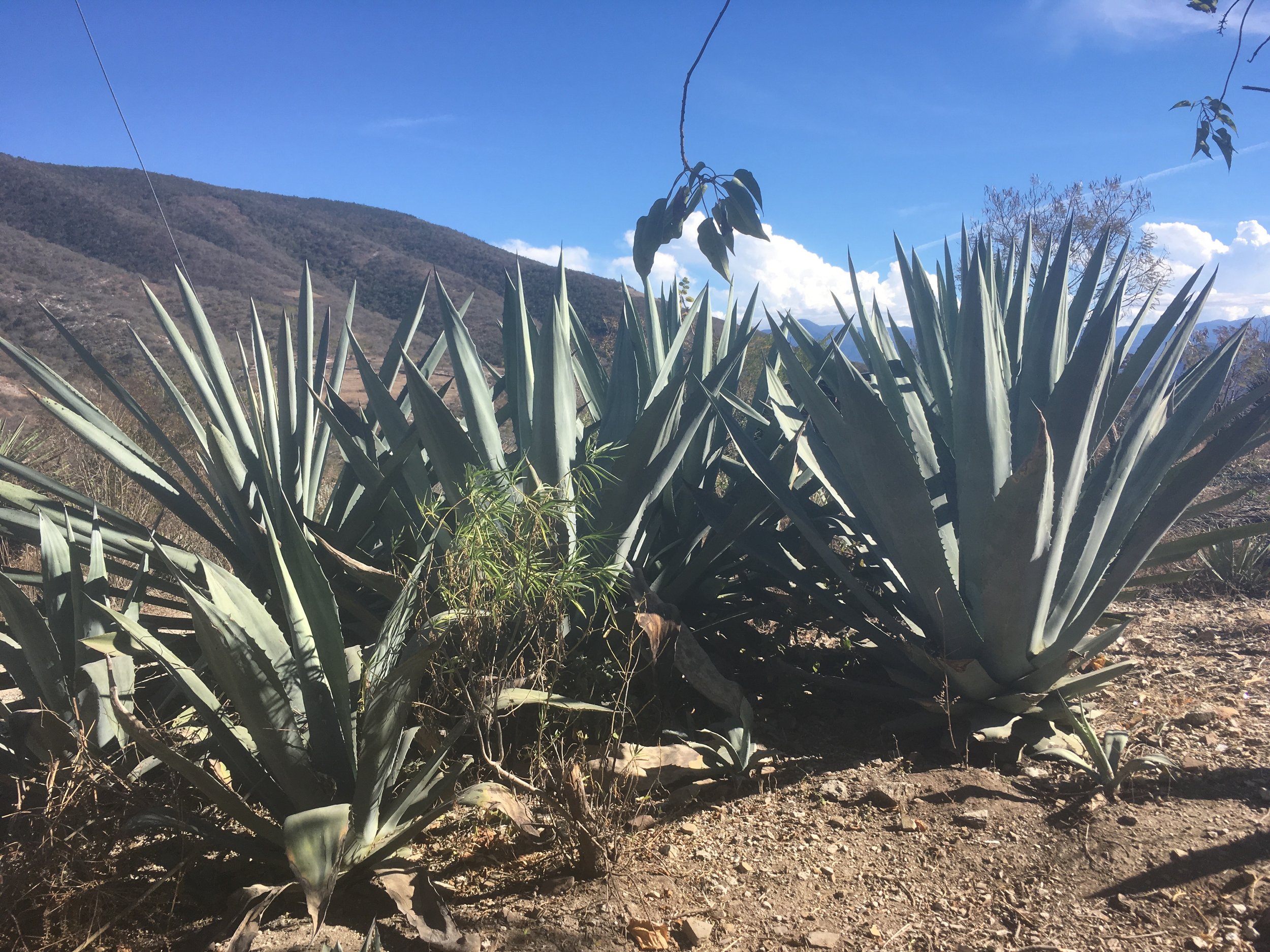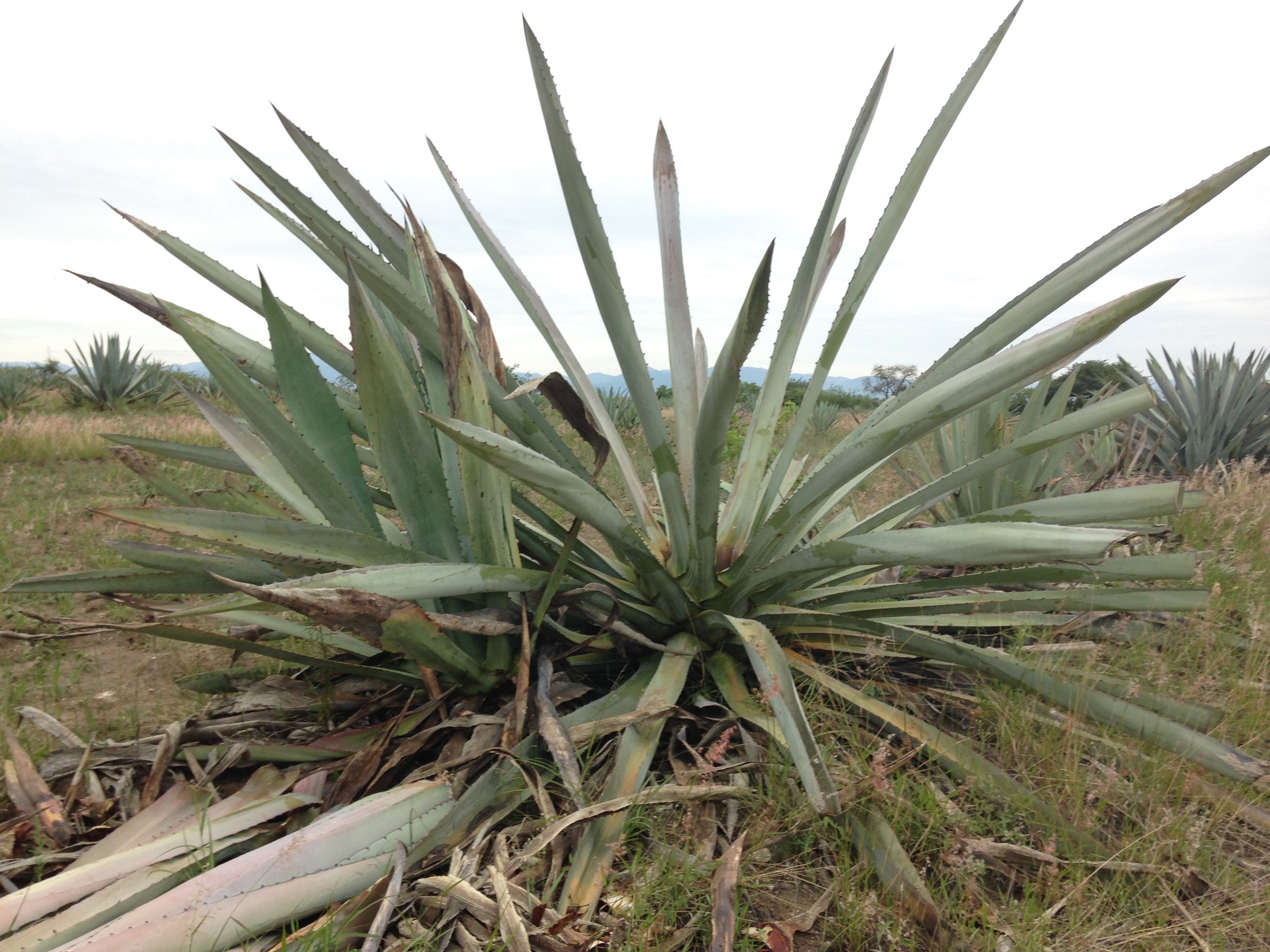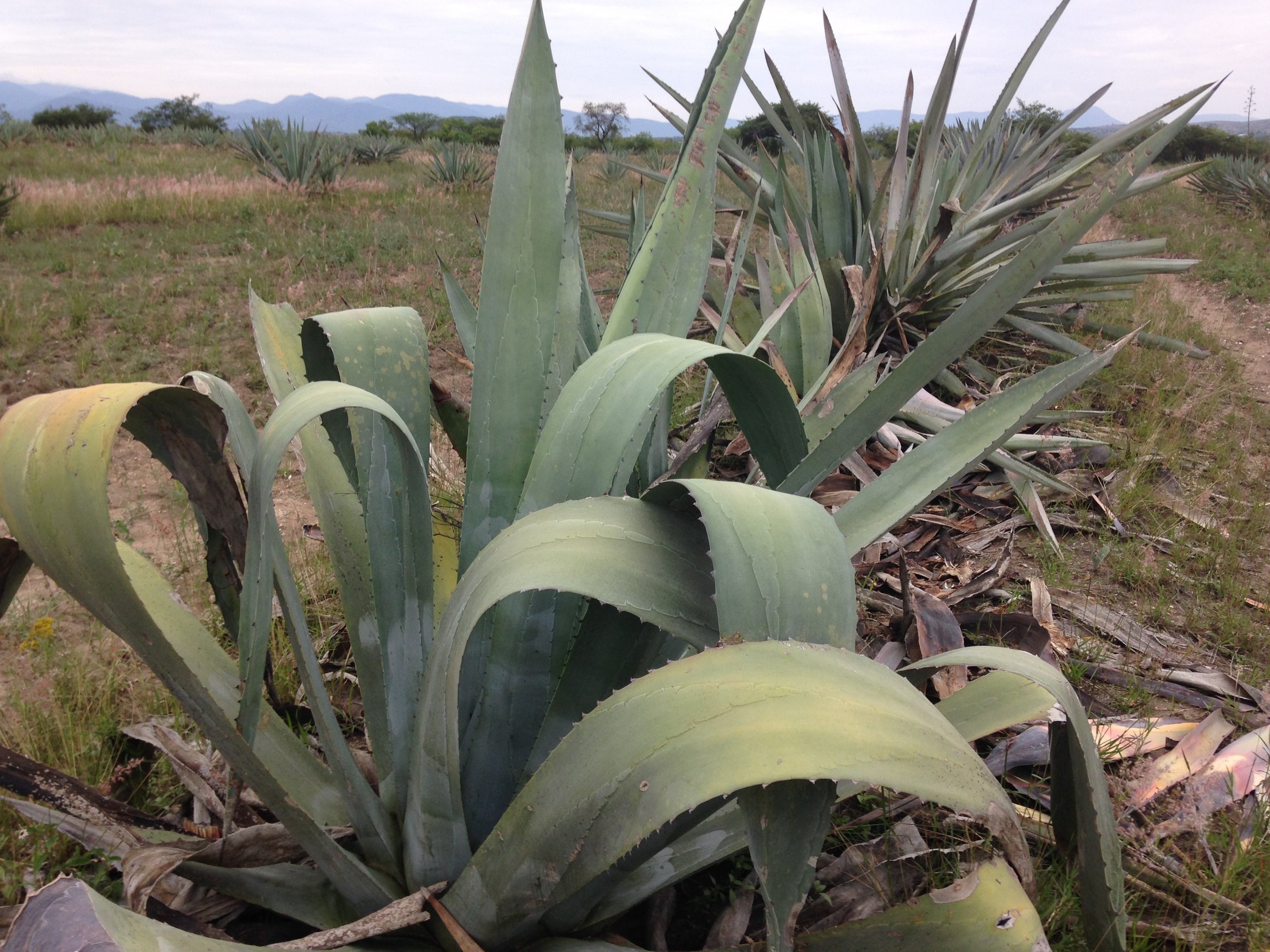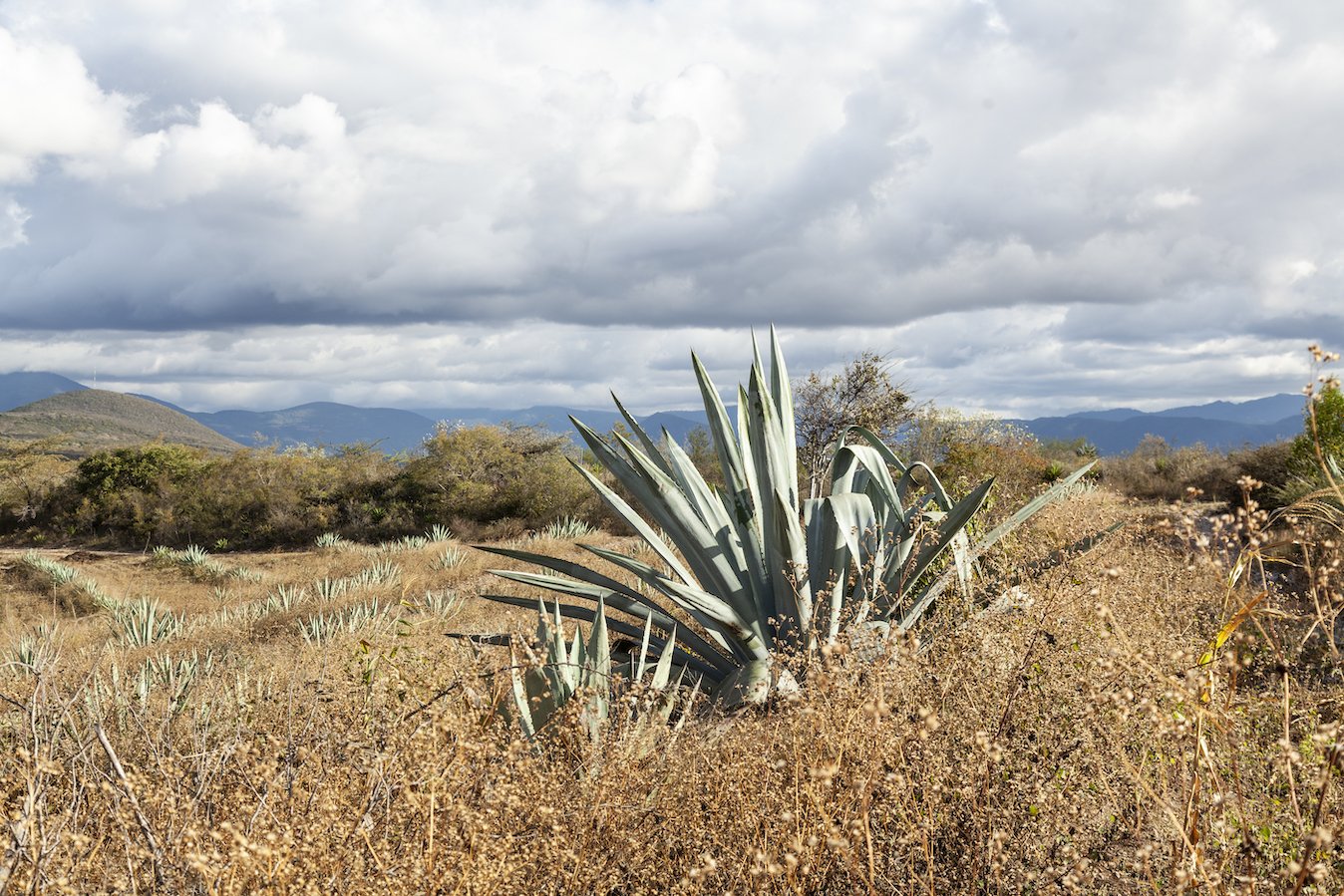Pulquero
The different species of pulque producing agave endemic to much of the Americas, and in Mexico in particular, have played a tremendously vital role in helping sustain and nurture its lands, peoples, and cultures for thousands of years. Prior to the introduction of plastics and industrialized beverages in the mid 20th century, the various species of pulque producing agave were considered some of the most prized plants in all of Mexico, celebrated for their practical and ceremonial functions. These domesticated agaves were depicted in ancient codices and associated with particular deities, most notably, the Aztec goddess Mayahuel. Essentially every part of the plant and properties can be utilized for one purpose or another. The flowers can be eaten, the stock or quiote of the agave can serve for construction and roofing materials, and its long leaves have been used for millennia for making rope, cloth, paper, and in cooking. The nectar, known as aguamiel, that is harvested from the heart of the plant is consumed fresh and enjoyed for its prebiotic and vitamin-rich benefits; once fermented, the aguamiel becomes pulque – a remarkably healthy drink, and the oldest alcoholic beverage in the Americas.
These Pulquero magueyes began to be distilled during the colonial period, and are still common in mezcal production in various Mexican states. Despite their potential to yield liters of agualmiel every day for a period of months, the plants are actually very low in convertible sugars, and as such, are very low-yielding when distilled. In Oaxaca, however, with its historic abundance and diversity of sugar-rich agaves, its use in mezcal is somewhat of a rarity. Throughout Mexico, there are more than six distinct species and numerous varieties of agave that are cultivated for pulque production. In the distilling regions of Miahuatlán, Oaxaca, the Agave americana species is most prevalent of the various Pulquero agaves - of which there exists a handful of different varieties, or genotypes. They are all large in size, but their color, leaf, and spines can vary. Given the urban migration trends and general decline in pulque consumption over the last number of decades, many families have stopped growing these agaves. However, as mezcaleros throughout the region of Miahuatlán have started to include these agaves into their repertoire, many have started to propagate these varieties from seed stock and rhizome clones, which typically take 12-15 years to mature. While the aromas and flavors are quite captivating, the plant´s rarity, size and low yields present a clear barrier to popular use.




